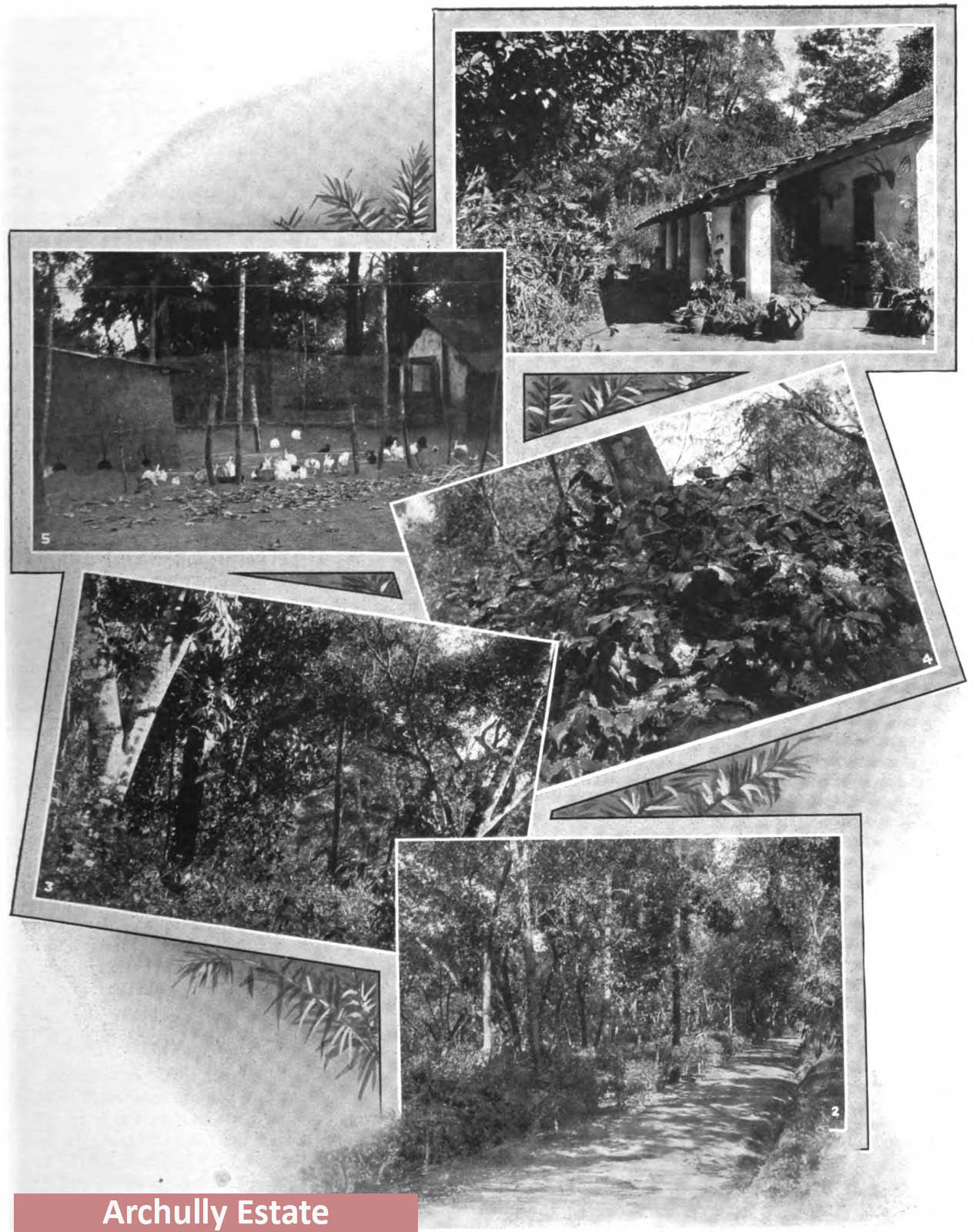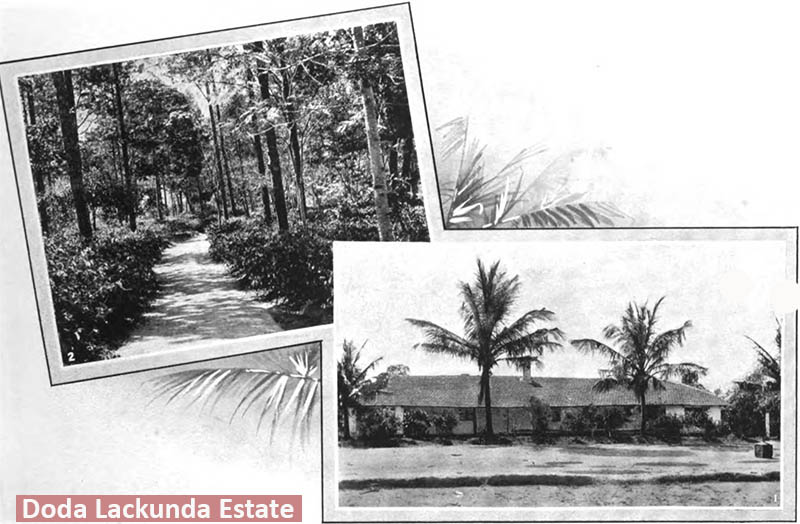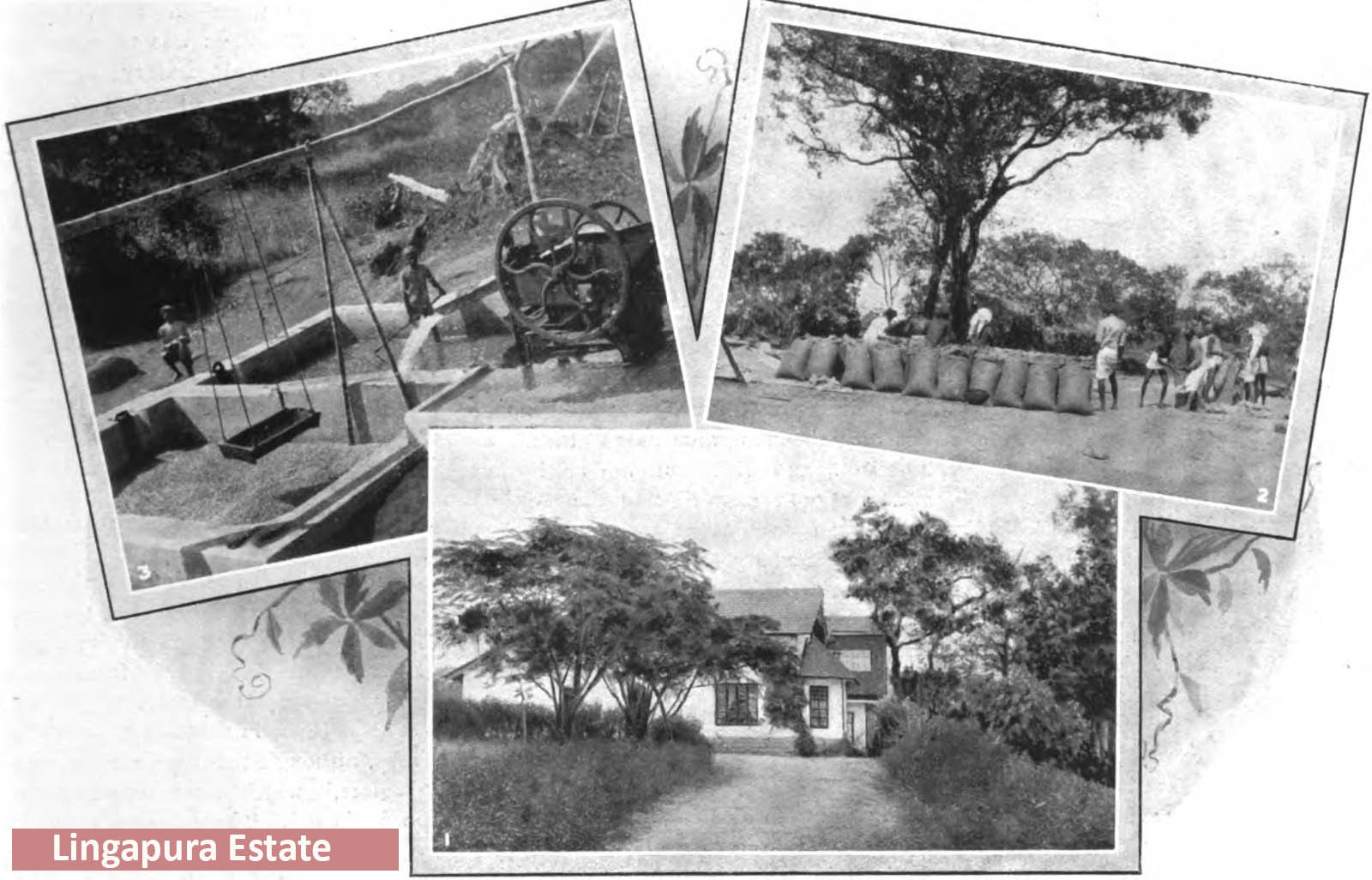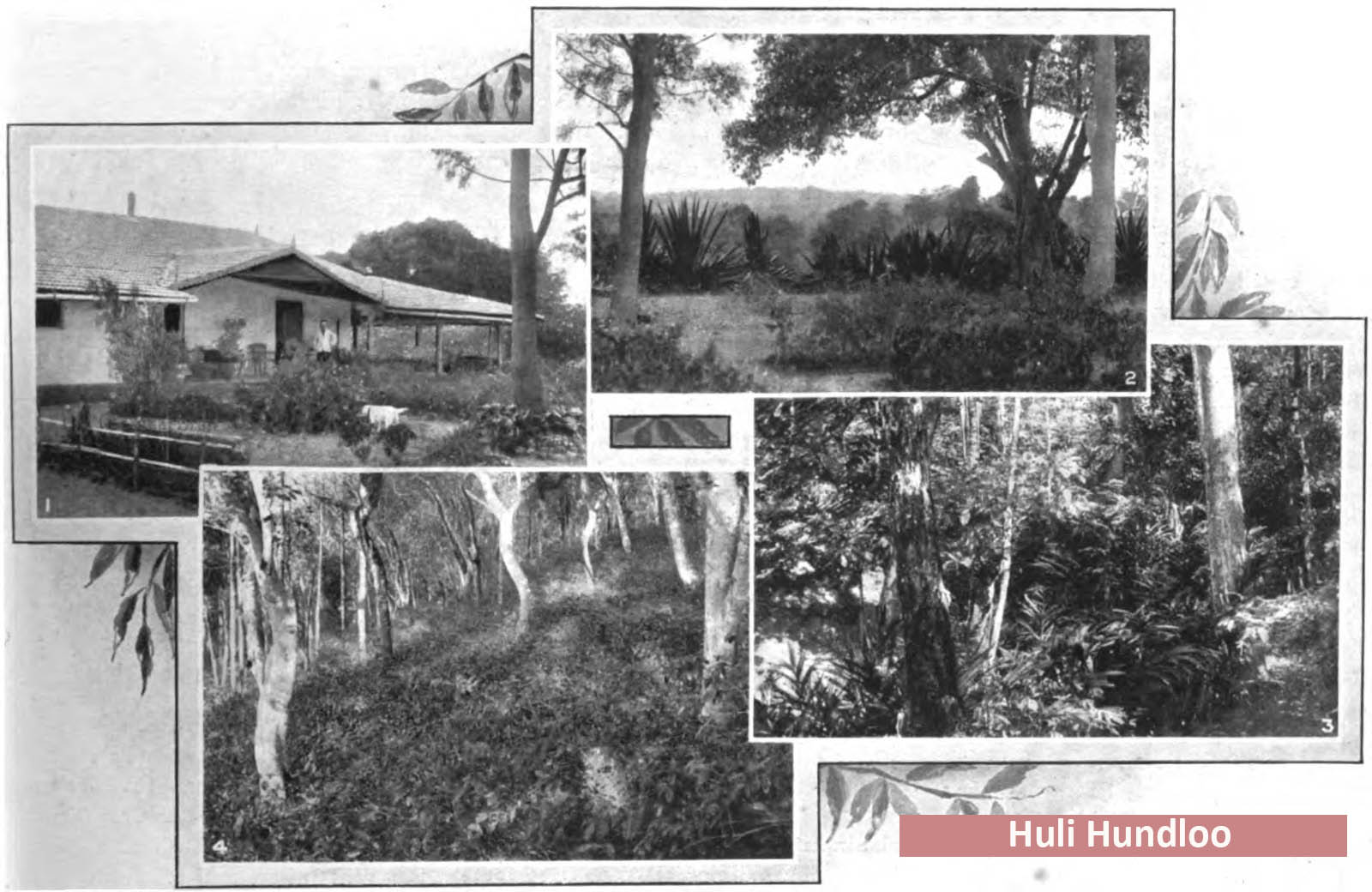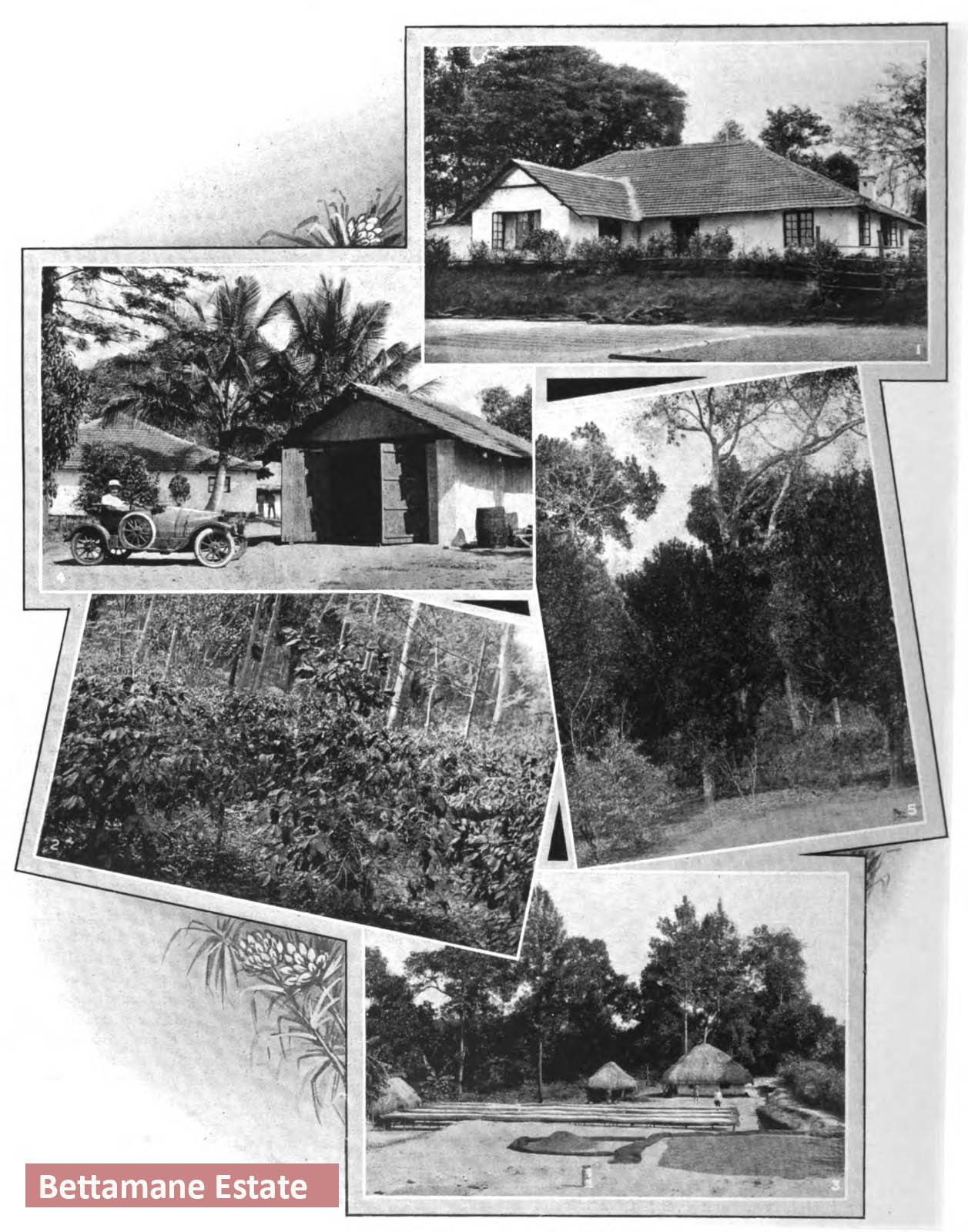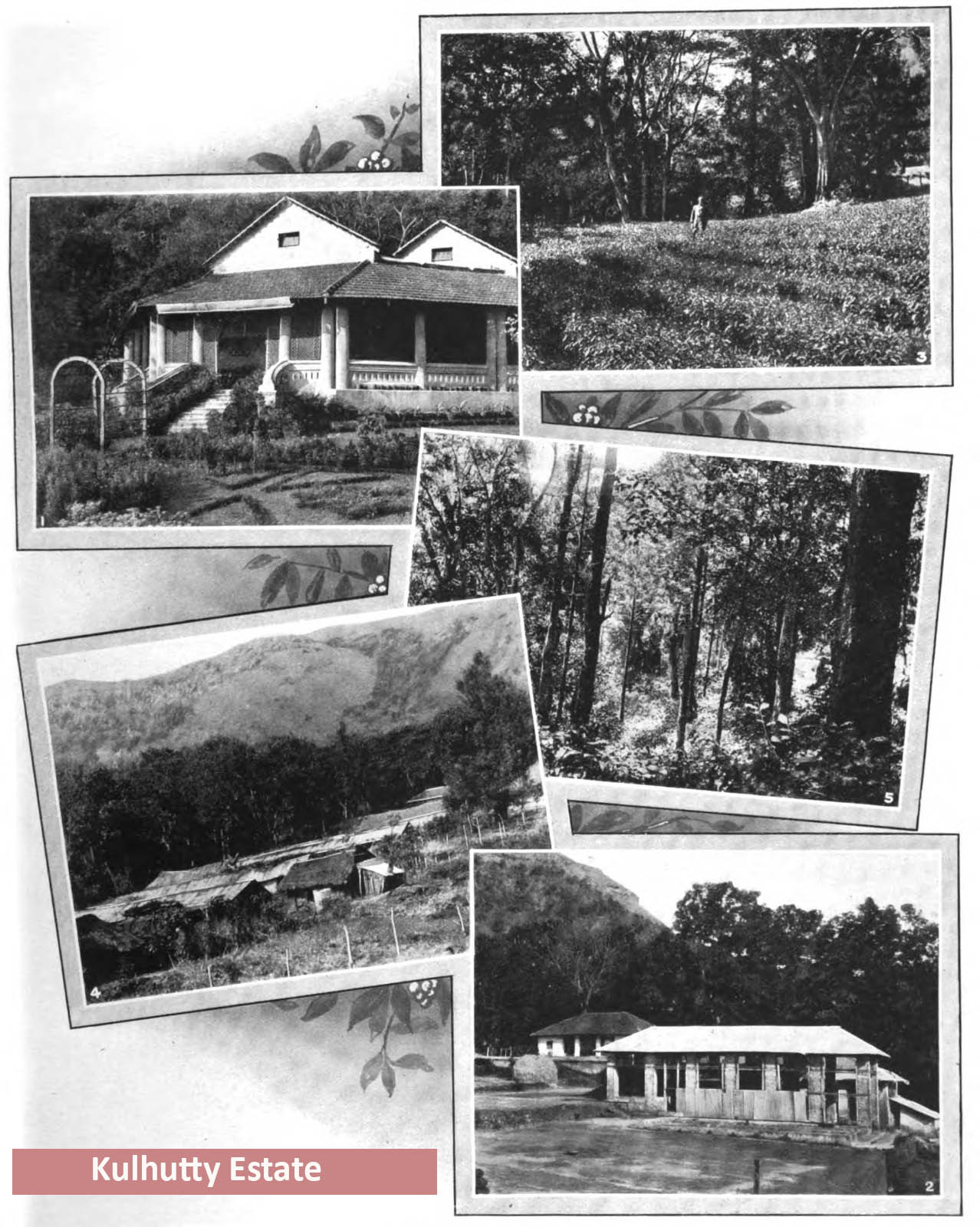COLONIAL COFFEE
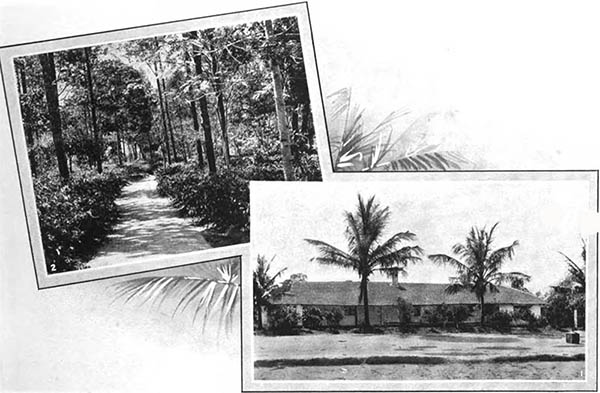
Commercial of coffee plantation during 18th century by British planters and entrepreneurs
The region of Malenadu (Malnad) the hill country of Mysore territory with extensive forests providing shade and a number of streams was extremely fertile and suitable for coffee plantation.
However, from the accounts of Buchanan’s Journey the absence of coffee commodity in his accounts seems it retained as a low-profile commodity unlike Cardamom, pepper, sandalwood and others
In 1823 the Mysore Crown leased out its half share of the Baba Budan produce to Thomas Parry of Parry, Dare & Co. of Madras, who used to sell ‘Mocha’ coffee imported from Muscat.
The coffee plantations by the Europeans on a large scale took place when the mark Cubbon,in office as the Chief commissioner and acting as regent of the Mysore king, who administered from 1834-1861. (A gazetteer of the Mysore district)
Cubbon encouraged planter capital to open up the mountainous areas of Mysore initially by granting wasteland to prospective planters. (Plantation development by Moore)
The first European coffee plantation in Mysore was opened south of the Baba Budan Hills by Mr Cannon around the year 1840 (A Gazetteer of the Mysore District Vol. 2, p. 389)
“Coffee-planting has extended with a rapidity that is a convincing proof that the cultivation is profitable to the native planter, and it is asserted on good authority that a new comer resorting to Manjarabad would find but little unoccupied land of value, and that he must either content himself with jungles in inaccessible places exposed to the full force of the western monsoon, or must purchase from native proprietors…the great extension of cultivation conveys, to my mind, absolute proof that it is profitable…”
~ The above document cited from the letter of British planter Mr Lonsdale
The dominion of colonial powers extended with the emergence of coffee estates. In Chikmagalur, Thomas Cannon from Mylemoney possessed an extensive 500-acre estate. He facilitated the export of Canon’s Mark One, named in homage to the renowned Canon Nose Peak in the hills. This marked the inception of the coffee plantation narrative in Chikmagalur. Chikmagalur and Kadur, collectively referred to as North Mysore, were the preferred locales, closely followed by Saklespur and Manjarabad in the Hassan district, known as South Mysore. There was a surge in interest even in lands near Agumbe, but excessive rainfall compelled settlers to opt for Koppa.
Presently, many estates still bear the suffix “Kan(ಕಾನ್),” a term to signify forested areas in Kannada. It’s noteworthy that these forests served as recreational grounds for British estate owners. Their leisure activities often involved hunting tigers and gaurs within their estates. These Kan or forest lands were sought from the local government, and a grant was awarded, allowing them a designated period of 3 years to cultivate coffee.
“The British initiated extensive coffee plantations in the Western Ghats of Karnataka by erasing the forests , with a particular focus on the regions surrounding Kadur Dist (Present Chickmagalur) and Hassan. Below are a few coffee plantation names along with their owners.”
The original names of the estates in the aforementioned regions have been retained and currently the locals continuing the coffee cultivation.
Angadi Estate (W.E Tweedie)
Archully Estate (A.Thmson)
Balur Estate (Thomas Canon)
Barchinhulla Estate (R.H Elliot)
Barguai-Mutsaugor-Eacherhullyy estate (R A Andesrson)
Barekody Estate (Ross Porter)
Bettamane Estate (M.J Wood bridge)
Ooghulli Estate (Messers M.J Woodbridge and S.H Dennis)
Ootsey Estate (Wood bridge and E.M Davidson)
Biccode Estate (C. Lake)
Holalu Estate (C.Estate)
Bupponji Estate (J.R Errington)
Cadamaney Estate (J.S Middleton)
Cheeckili Estate (Messers Bunny & Co Ltd)
Chetenhalli Estate (H.M Nor they & E.S.Broughton)
Gooty Khan formerly called Yester Estate (H.M Northey)
Chininhally Estate (W.H.F Lincoln)
Chundrapur Estate (Messers J.G And F.M Hamilton)
Dod Lackoonda Estate (Messers J.G.H And J.R Crawford)
Baithney-Moosenkhan Estate (C.K Pittock)
Cubbonhully Estate (Pittock)
Chaitapore Estate (Brooke Mockett’s)
Hervatti Estate (Captain W.L. Crawford and H.V Crawford)
Hogudday Estate (J.G.H Crawford)
Mullagahully-Arnegalhully Estate (Crawford)
Muthigee-Igloor-kitegelale-kul Tota (Mrs James Hunter)
Ossoor Estate (Capt W.L Crawford)
Bellagode-Kendynmunny Estate (Captain W.L,Crawford)
Soondhully-Lakoondah Estate (S.Sladden)
Tippapur-Appajis Estate
Ubban Estate (Brooke)
Hanadi Estate (H.Godwin Bower)
Hooli Hundloo Estate (Percy Hunt)
Honeyvale Estate (Messers Morgan)
Gubgull Estate (F.I Morgan)
Hoscotttay Estate (Sir Basil Scott and Sir Lindsay wood)
Isabel-Netrakul Estate (Messers R and C.S Crawford)
Karradi Betta Estate (Captain Hunt)
Caugnoor Estate (Captain Hunt)
Kelganni Estate (L.P Kent)
Kelagur-Abragoodigay-Goomenkhan Estate (Messers Bunny and Co Ltd)
Kesimburthy Estate (G.R Oliver)
Kirahully Estate (H.F Anderson)
Kothencode Estate
Kulhutty Estate (Mrs. W. St Claire Johnson, Mrs. S.J Wilson and Mr. D.H Luxa)
Kummergode Estate (Col. H.B Sanderson)
Kutchen Huckloo Estate (Messers E.C and L.P Kent)
Lingapur Estate (W.F.Schofield)
Mavinkere Estate (W.A Lee)
Moodsoodie Estate (E.E Brought on)
Murkull Estate (F.Urquhart)
Mylemony Estate (H. Allardyce)
